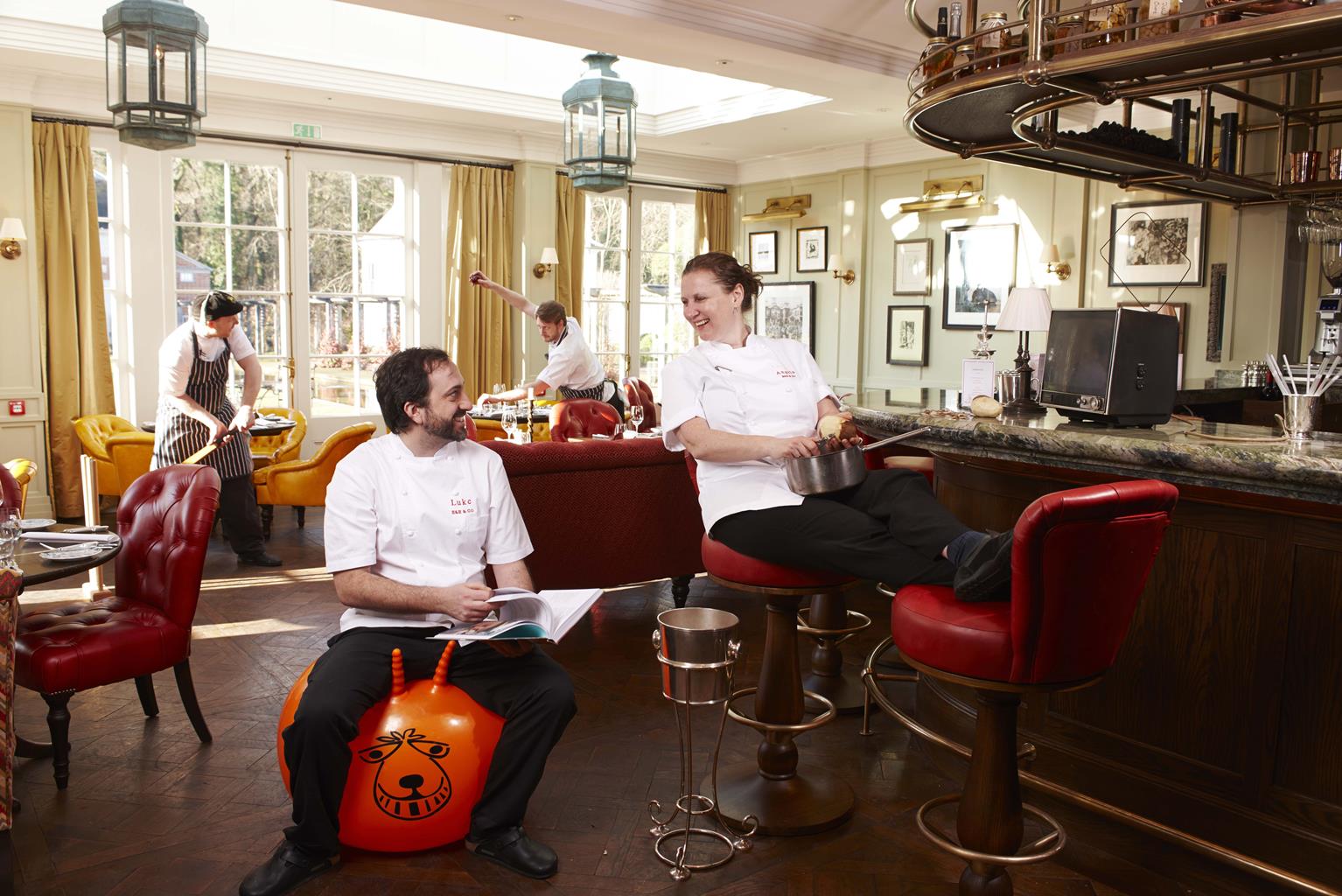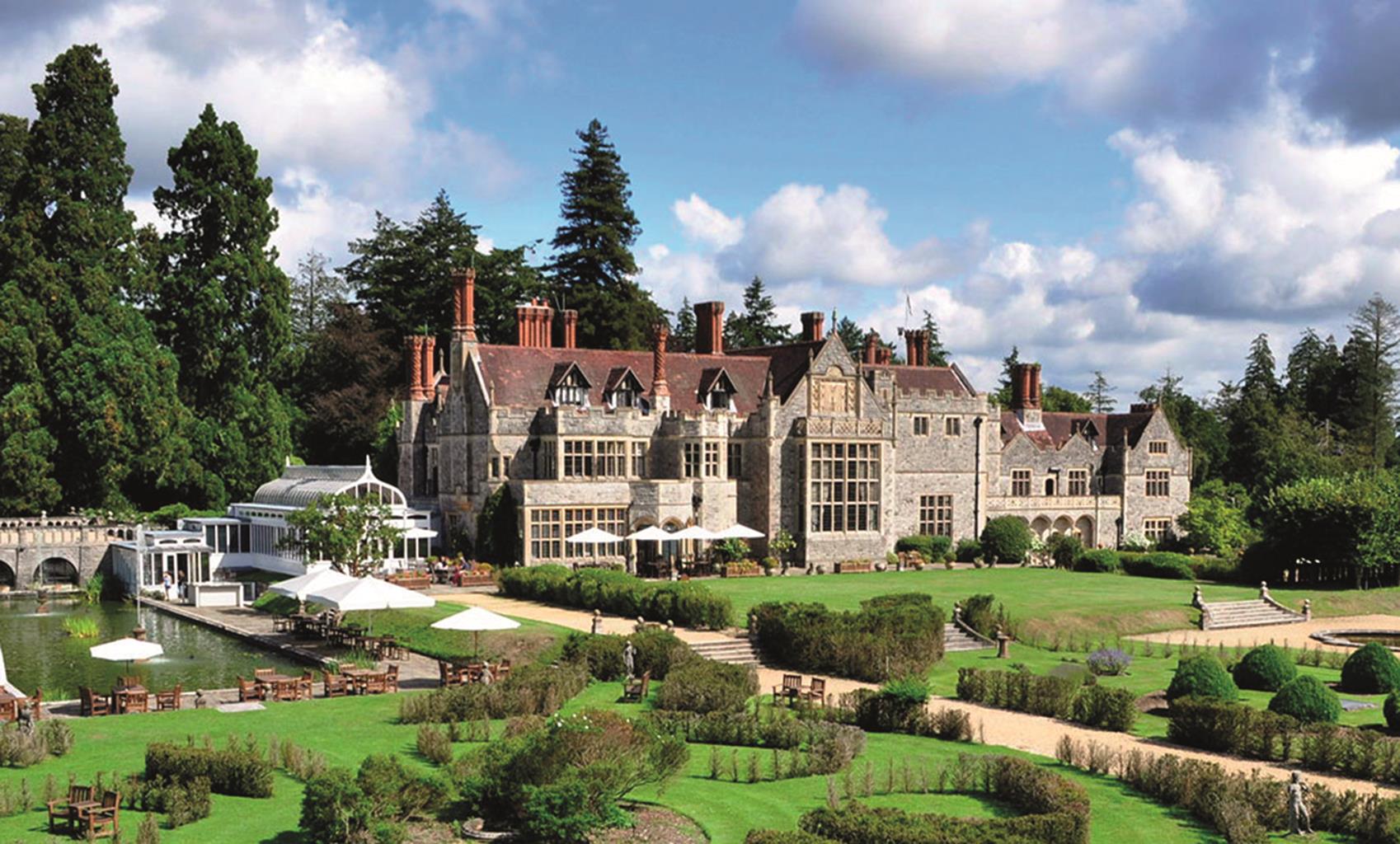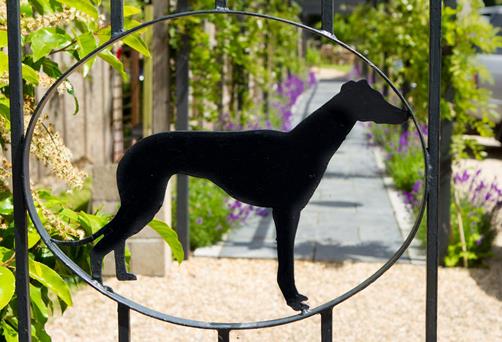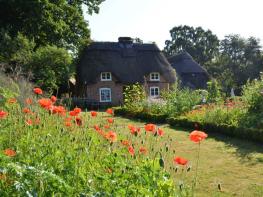The Kings Head is a beautifully restored 16th-century, Grade II listed building that opened as…
Redlynch and the Avon Valley

4.5 miles (7.3kms)
About the walk
It may come as something of a surprise to discover that the Wiltshire village of Redlynch, starting point for this walk, lies on the northern edge of the New Forest, one of southern England’s most popular walking destinations and now a National Park. The word ‘forest’ conjures up images of wild, uncultivated tracts of land and extensive, untamed woodland. In medieval times, that is precisely how the New Forest was made up. Today, well away from busy car parks and main roads, much of the forest remains as it was when William the Conqueror established it as his deer park. The largest surviving unspoiled medieval forest in western Europe, the region has a unique atmosphere and a distinctive character. It is a place of dark, romantic legends and historic literary associations.
Mixed woods
Much of the New Forest is characterised by heathland, comprising mainly heather and gorse. This accounts for at least half the total acreage. Lowland heath is a rare habitat, home to specific categories of flora and fauna and species including the Dartford warbler and the honey buzzard. Ponies are to be seen everywhere within the forest. Several types of woodland can be found here too – the mixed woods of oak and beech, various conifer plantations and stands of willow and birch. Among the most impressive species are the mighty Wellingtonias at Rhinefield. These are actually giant sequoias, native to California and found on many traditional parkland estates in this country.
The silent forest
Rufus Stone marks the spot where William Rufus, who succeeded William the Conqueror, was accidentally shot by an arrow. Bucklers Hard, on the Beaulieu River, is where oaks were used in the building of some of Britain’s greatest and most famous ships – a tradition that lasted 500 years. Between 7 and 8 million people visit the New Forest every year, with tourism playing an essential role in the local economy. However, much of this delightful corner of the country, especially those more remote parts of the region that can only be reached on foot, lies silent throughout the year, undiscovered and undisturbed. Walking is one of the New Forest’s greatest and most popular pastimes – hardly surprising when you consider the variety of scenery and the myriad paths, tracks and trails to be found within its boundaries. For those who are new to walking, the New Forest is a perfect training ground. Although in places paths can be wet and muddy, any walking you undertake will be easy and relatively undemanding. Nowhere will your physical strength be put to the limit. Though Redlynch is to be found sprawling along the New Forest boundary, the village is close enough to open country to offer spectacular views over distant downland and far-off landscape. This walk climbs above the village to provide striking vistas of the Avon Valley and the spire of Salisbury Cathedral in the distance.
Walk directions
With the King’s Head pub on your right, turn immediately right and ascend the lane, keeping houses on the right and woodland on the left. Farther up, the houses give way to fields. On reaching a triangular junction, keep left and at the next intersection turn right.
Pass a no through road sign, several houses and signs indicating the road has protected verges. Descend the hillside, passing Cliff Cottage, and now the lane dwindles to a track. Pass a barrier and climb quite steeply between fields. There are glorious views from this stretch of the walk. At the top of the slope, a trig point can be seen on the right. These relics used by surveyors for many years to mark the high points of the landscape have been consigned to history, superseded by the latest technology. Avoid a stile on the right and continue on the track, descending towards trees. Pass to the left of Barford Down Farm and join the road on a bend.
Keep ahead, following the road. On reaching a single-storey white dwelling on the left, take the track on the extreme right. Climb the hillside, with a transmitter visible on the horizon. As you climb, look to your left and you will see the spire of Salisbury Cathedral in the distance. Pass through the trees, sweeping right to pass a turning merging from the left. This leads to Pepperbox Hill. Continue for a few paces, then turn right before Privett Farm to follow a track (restricted byway) south.
Keep along the edge of the wood, with lovely downland views visible. Pass a barrier and disregard a track running off to the left into the trees. At a fork, keep right and follow the path between lines of trees. On reaching the next major junction of tracks, keep ahead on the middle route. Pass between hedgerows and eventually pass alongside the buildings of Templeman’s Old Farmhouse. Follow the lane until you reach a turning on the left. Take the lane and return to the vicinity of the King’s Head in Redlynch.
Additional information
Quiet lanes, tracks and paths
Isolated downland overlooking the Avon Valley
Under control in the vicinity of Redlynch
AA Leisure Map 4 New Forest
Limited spaces in Redlynch. Alternatively, park at the King’s Head if visiting the pub before or after the walk
None on route
WALKING IN SAFETY
Read our tips to look after yourself and the environment when following this walk.
Find out more
Also in the area
About the area
Discover Wiltshire
A land shrouded in mystery, myth and legend, Wiltshire evokes images of ancient stone circles, white chalk horses carved into hillsides, crop circles and the forbidden, empty landscape of Salisbury Plain. To many M4 and A303 drivers heading out of London through the clutter of the Thames Valley, Wiltshire is where the landscape opens out and rural England begins.
Wiltshire’s charm lies in the beauty of its countryside. The expansive chalk landscapes of the Marlborough and Pewsey downs and Cranborne Chase inspire a sense of space and freedom, offering miles of uninterrupted views deep into Dorset, Somerset and the Cotswolds. Wiltshire’s thriving market towns and picturesque villages provide worthwhile visits and welcome diversions. Stroll through quaint timbered and thatched villages in the southern Woodford and Avon valleys and explore the historic streets of the stone villages of Lacock, Castle Combe and Sherston. Walk around Salisbury and discover architectural styles from the 13th century to the present and take time to visit the city’s elegant cathedral and fascinating museums. And if all of that isn’t enough, the county is also richly endowed with manor houses, mansions and beautiful gardens.
Nearby stays
Restaurants and Pubs
Nearby experiences
Recommended things to do
Why choose Rated Trips?
Your trusted guide to rated places across the UK
The best coverage
Discover more than 15,000 professionally rated places to stay, eat and visit from across the UK and Ireland.
Quality assured
Choose a place to stay safe in the knowledge that it has been expertly assessed by trained assessors.
Plan your next trip
Search by location or the type of place you're visiting to find your next ideal holiday experience.
Travel inspiration
Read our articles, city guides and recommended things to do for inspiration. We're here to help you explore the UK.













